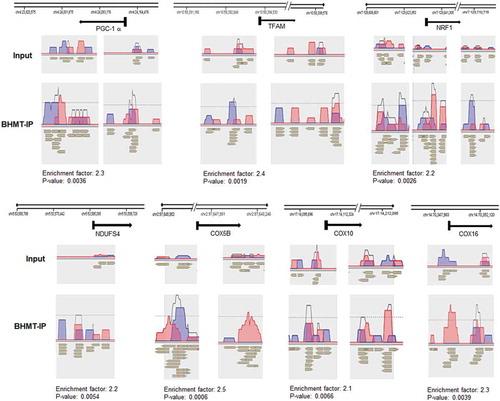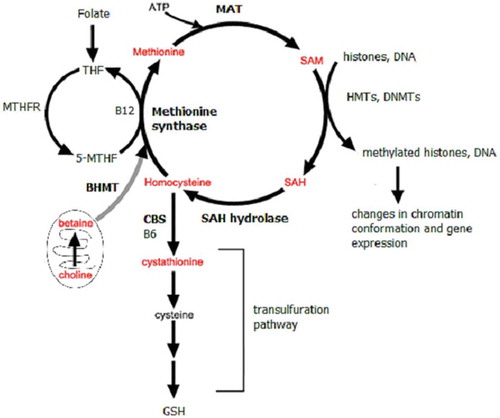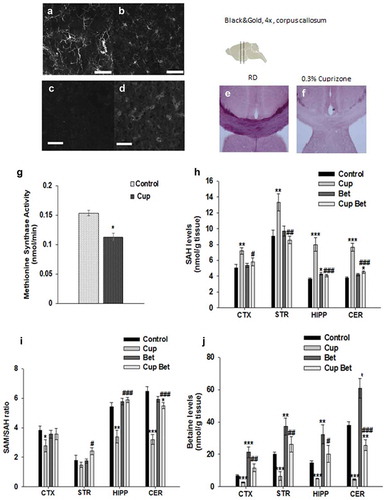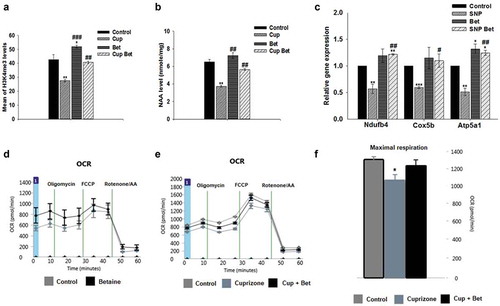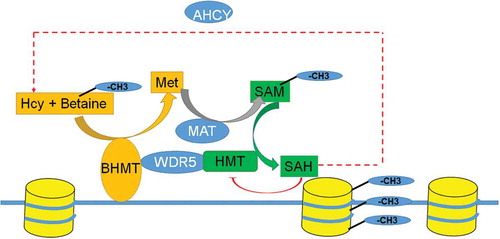Figures & data
Figure 2. BHMT is expressed in neurons where it interacts with chromatin and regulates HMT activity.
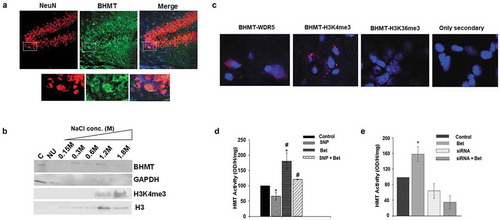
Table 1. BHMT is enriched at regulatory regions of mitochondrial genes.
Figure 3. ChIP-seq shows that BHMT is enriched at transcriptional regulators of mitochondrial genes and at mitochondrial genes.
